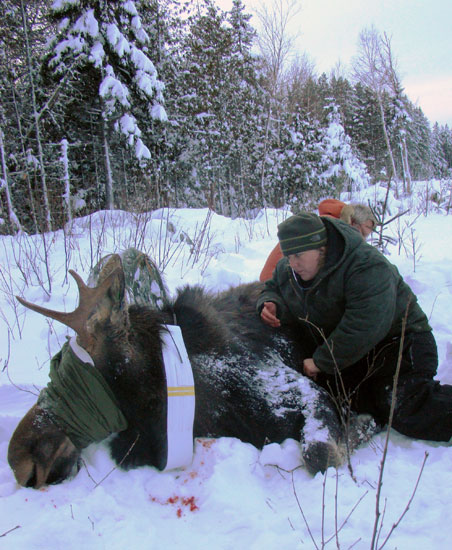 Montana Fish, Wildlife and Parks has begun a 10-year study of moose in the state to try to determine the cause of a 75 percent over the last 20 years, says an article in the Ravalli Republic. The article follows Montanta FWP biologist Nick DeCesare as he tracks one of his collared moose and finds that the moose is haggard, has blue eyes and appears to be blind — all symptoms of arterial worm.
Montana Fish, Wildlife and Parks has begun a 10-year study of moose in the state to try to determine the cause of a 75 percent over the last 20 years, says an article in the Ravalli Republic. The article follows Montanta FWP biologist Nick DeCesare as he tracks one of his collared moose and finds that the moose is haggard, has blue eyes and appears to be blind — all symptoms of arterial worm.
Arterial worm is carried by mule deer, the article notes, and is carried by horseflies. (A situation similar to the brainworm that infects moose in the East, carried by white-tailed deer, although a snail is the vector there.) The arterial worm is a top suspect in moose declines in the West.
Read the whole article, with details of the study, in the Ravalli Republic, here. The article appeared in the newspaper through Science Source, a project of the University of Montana School of Journalism.
Last week a Minnesota Department of Natural Resources press release said that, “Aerial moose survey results for 2014 show no significant change in Minnesota’s moose population even though more animals were seen than last year.” Last year the estimate was 2,760, while in 2014 the estimate is 4,350. The department says the difference is statistically insignificant.
“The higher estimate this winter likely is related to ideal survey conditions rather than any actual increase in the population,” said Lou Cornicelli, wildlife research manager for the DNR. “This year’s heavy snows across northeastern Minnesota made it comparatively easy to spot dark-bodied moose against an unbroken background of white.”
The press release also mentions an adult and calf mortality study that is in its second year, and shows 21 percent mortality among adult moose and 74 percent mortality for calves. DNR will collar additional adults and calves to replace the ones that died in the study.
Read the Minnesota DNR press release here.
Read an article in the Austin (Minn.) Daily Herald, here.
Photo: courtesy Minnesota Department of Natural Resources

 Two stories today focus on two different states’ efforts to get lead out of the environment.
Two stories today focus on two different states’ efforts to get lead out of the environment.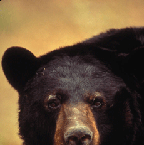 The Minnesota Department of Natural Resources has not renewed the research permit of an Ely man because he hand-feeds the bears he studies and has not published a peer-reviewed article in the 14 years that he has held the permit, an article in the St. Paul Pioneer Press says.
The Minnesota Department of Natural Resources has not renewed the research permit of an Ely man because he hand-feeds the bears he studies and has not published a peer-reviewed article in the 14 years that he has held the permit, an article in the St. Paul Pioneer Press says.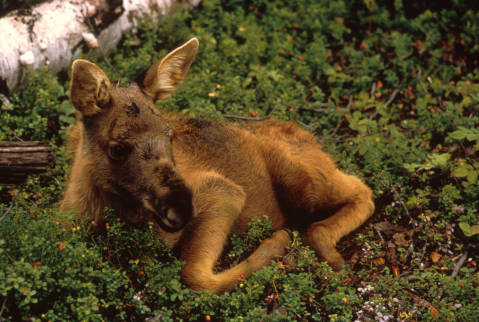 Late last month Minnesota Department of Natural Resources researchers collared 49 moose calves within hours of their birth,
Late last month Minnesota Department of Natural Resources researchers collared 49 moose calves within hours of their birth, 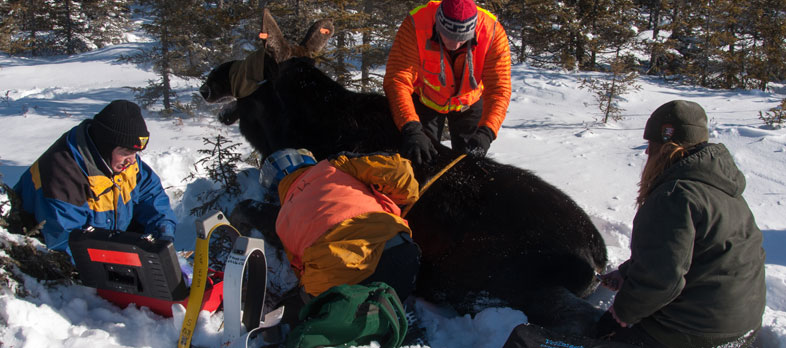

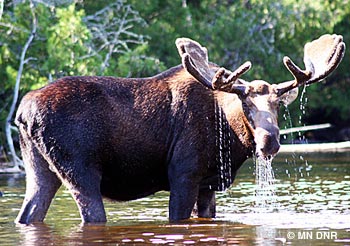 The the Minnesota Department of Natural Resources’ list of endangered, threatened and special concern species is due to get its first update since 1996,
The the Minnesota Department of Natural Resources’ list of endangered, threatened and special concern species is due to get its first update since 1996,